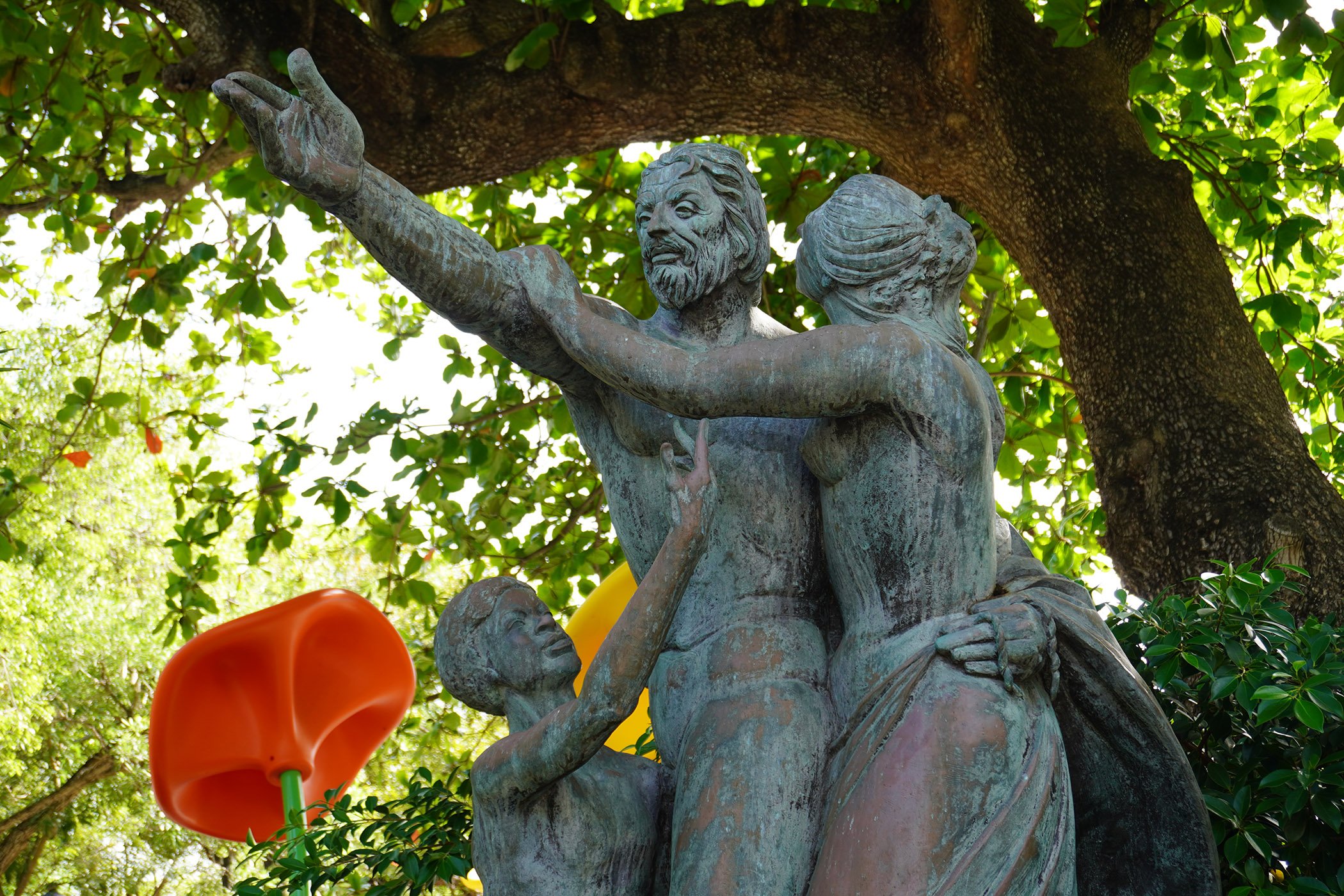San Juan (de)colonial : 500 years of colonialism
-
Conquest and colonization
The encomienda system and African slavery
English attack of 1797
Juan Ponce de León, Guanina, Alonso Manso, Ramón Power, José Campeche, Miguel Enríquez, among others.
“Mestizaje” in Puerto Rico: Indigenism, Afro-descendants, and Hispanophilia
The Catholic Church and evangelization
Eurocentrism
Anti-racism
The abolition of slavery and reparations
Royal Decree of Graces of 1815
Law 60 (Law 22) and tax havens
Short-term rentals (Airbnb) and displacement
The toppling of Juan Ponce de León’s statue
The summer protests of 2019
Visitor economy (Tourism)
Democracy and the right to protest
For the city of San Juan’s quincentenary anniversary, its pro U.S. statehood administration invited the King of Spain for a symbolic tour to celebrate the United State’s oldest city’s Spanish roots. Yet on the morning of the King’s arrival, a 19th century statue depicting Puerto Rico’s Spanish Conquistador and first colonial Governor, Juan Ponce de León, was toppled by activists.
This intervention highlighted numerous contextual continuities between different colonial periods spanning over five centuries of subjugation where not much has truly changed.
Join us on a walking (de)tour to explore how the city (re)members 500 years of displacement, from colonial conquest to military expropriations, to the rise of short-term rentals (Airbnb) and lucrative tax breaks (Act 60).
This (de)tour provides a different look at Old San Juan, one where colonial cobblestones and balconies give way to slaveholding Inquisitors, Americanization, violent repression of pro-independence movements, an ousted Governor, a hyper extractive tourism industry, and crypto investors looking for a tropi(fis)cal paradise. On this (de)tour, you will learn about San Juan’s colonial history, from its Spanish settlers to the US Empire, and explore how colonial legacies continue to shape the urban landscape and society of Puerto Rico.

